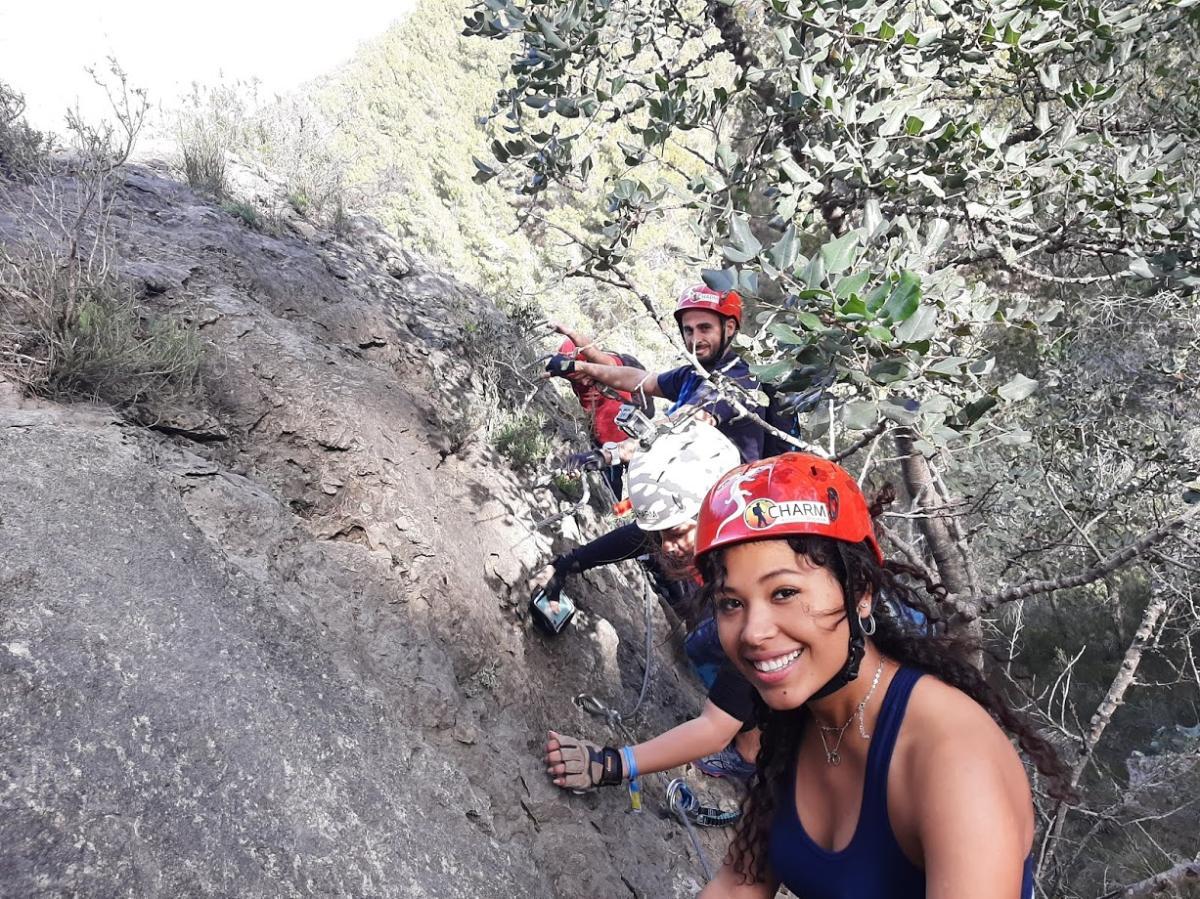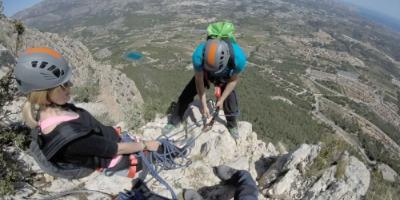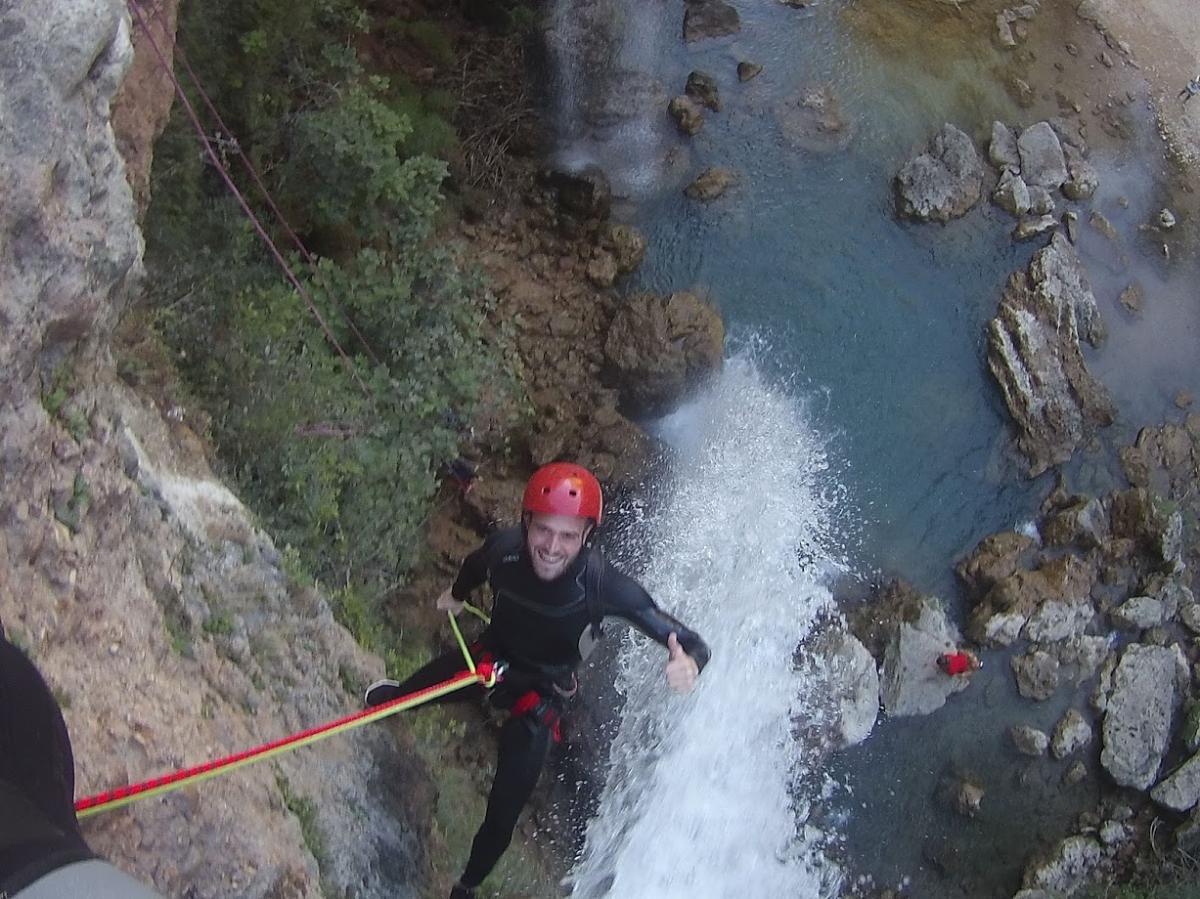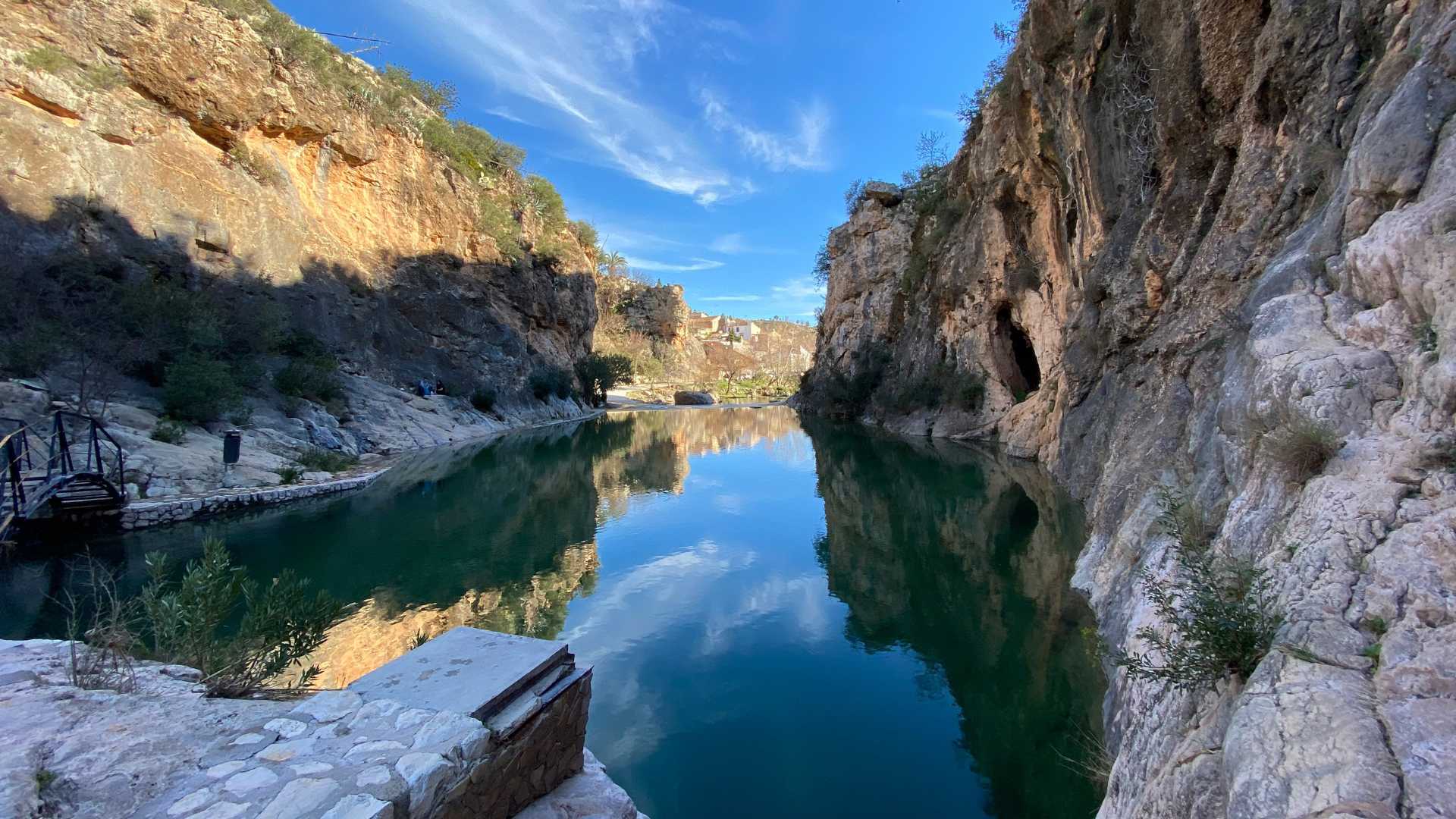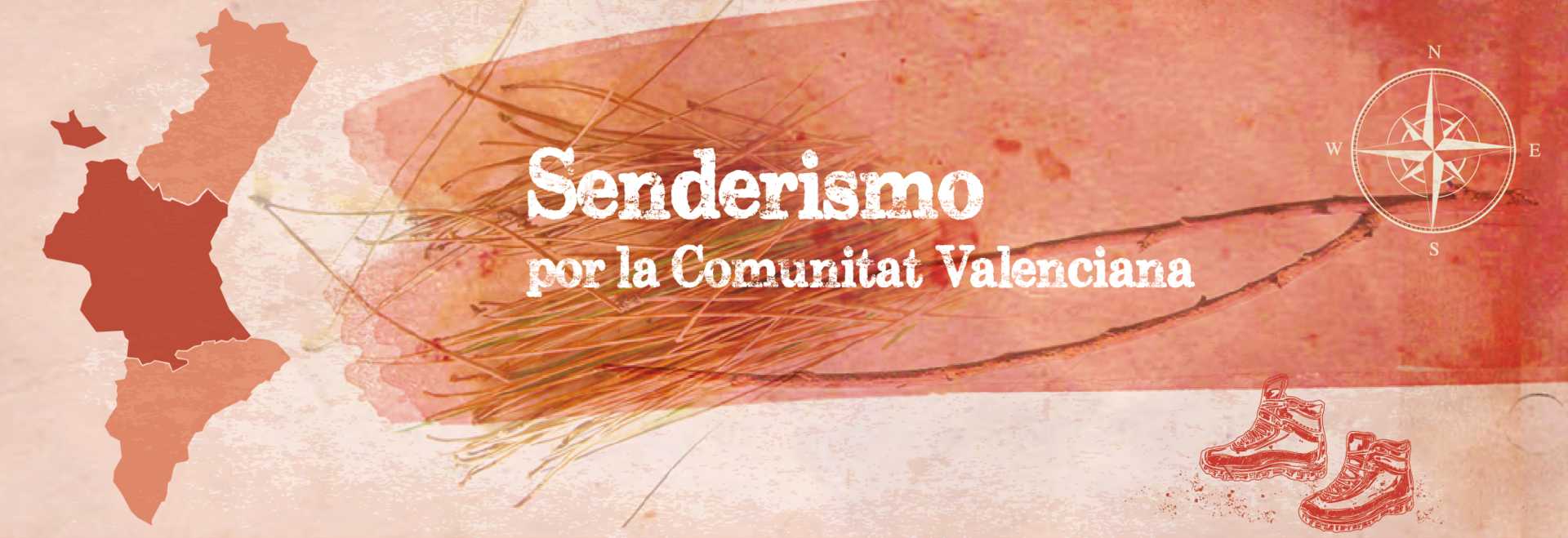Tavernes de la Valldigna
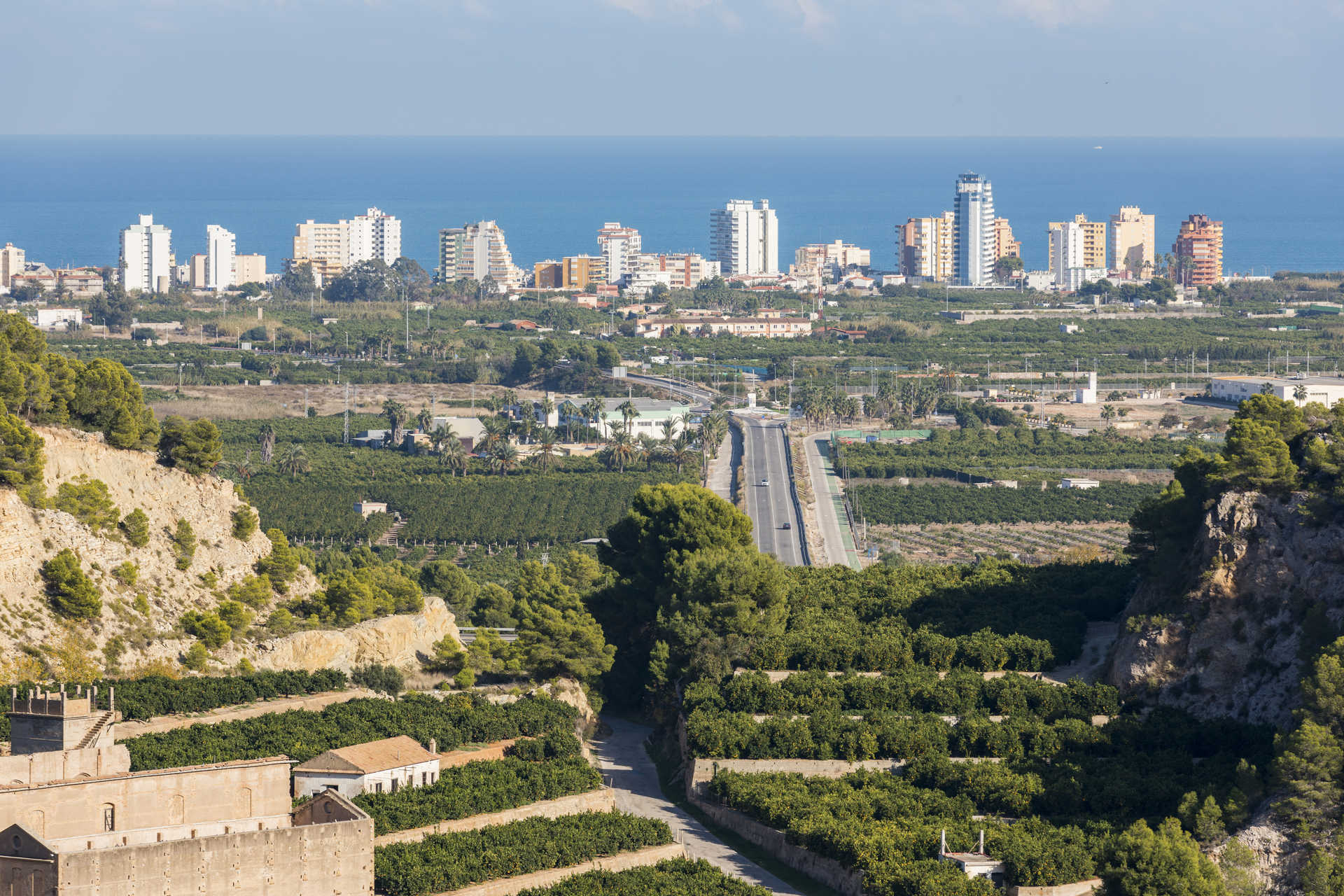
Multimedia Gallery
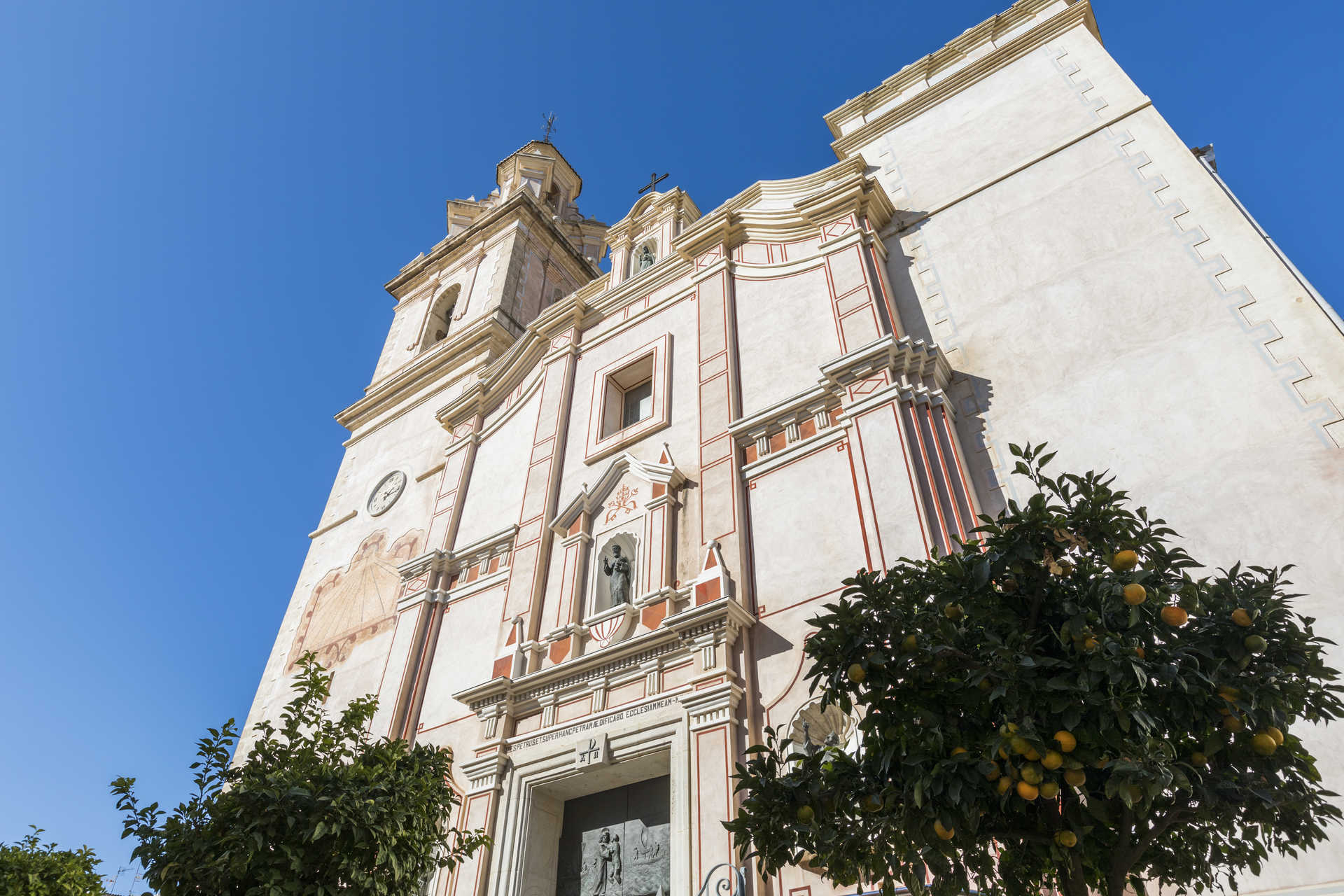
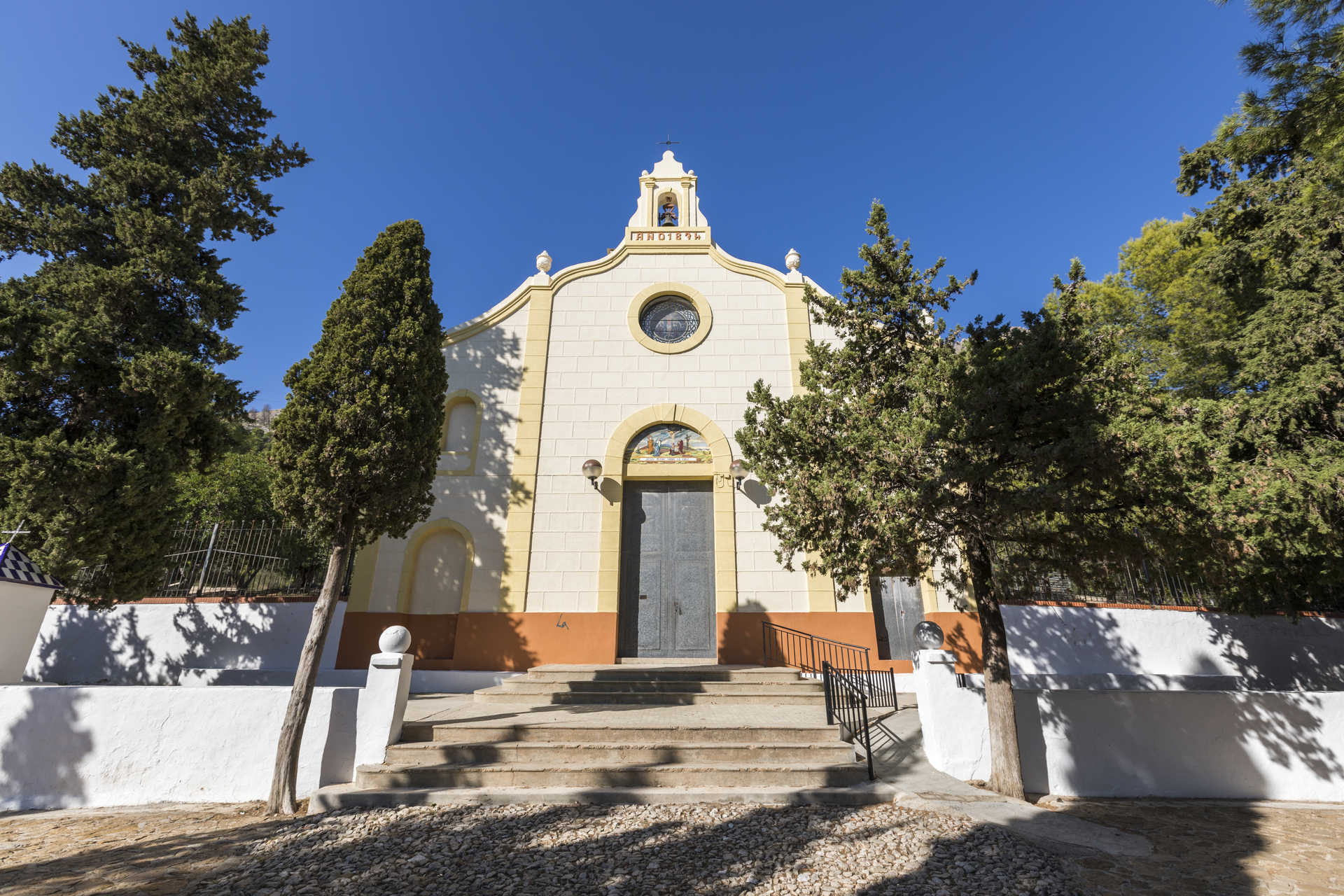
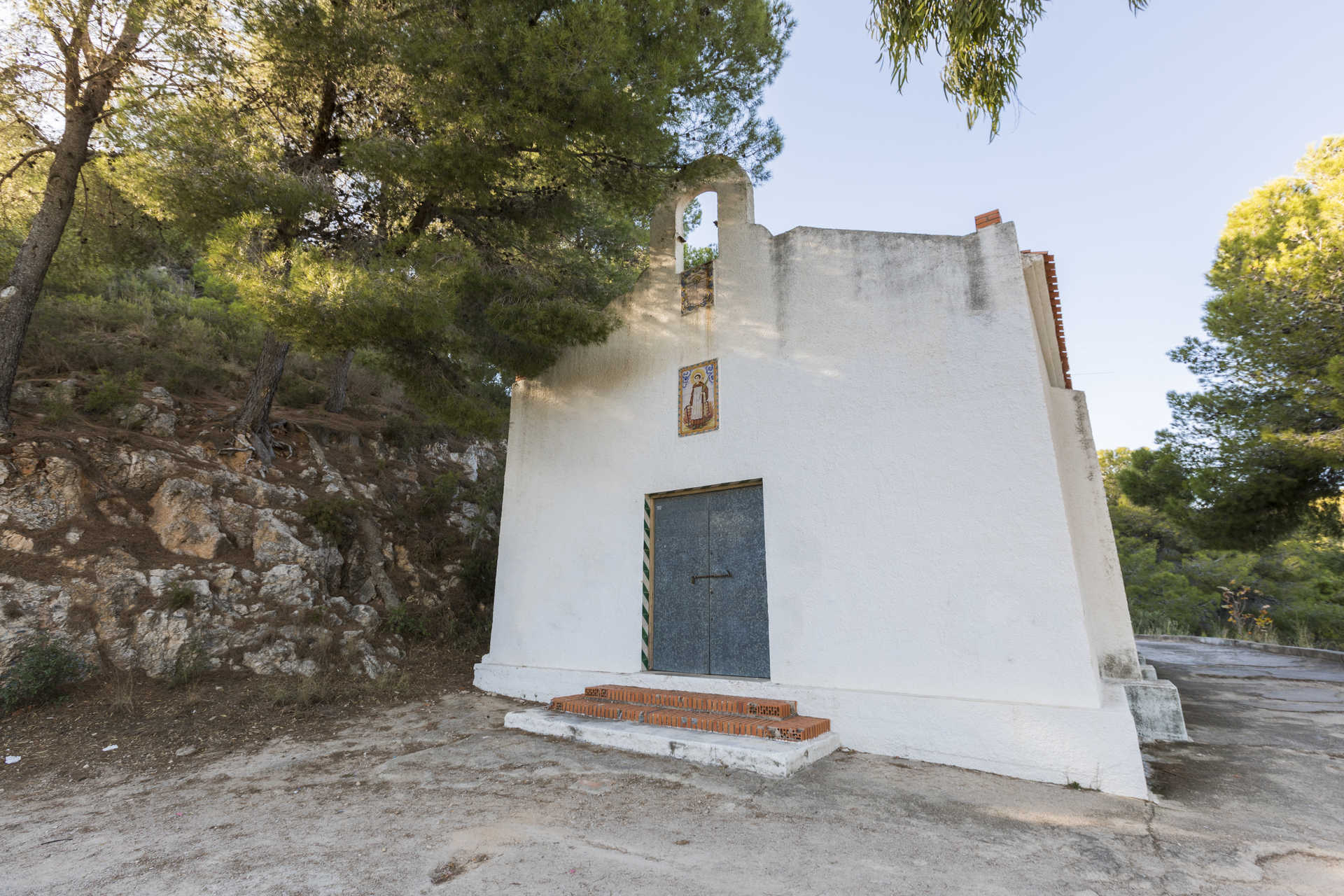

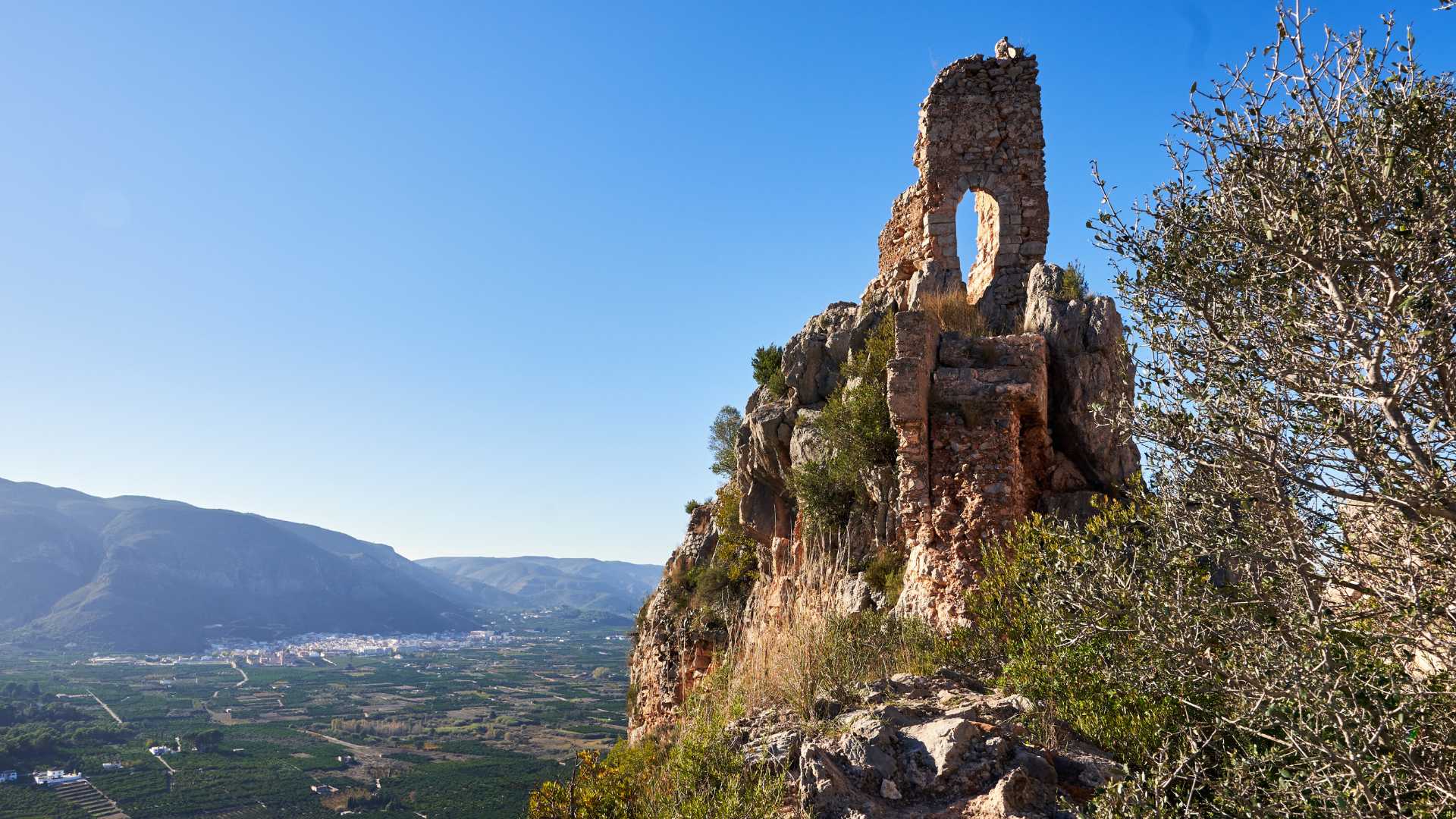
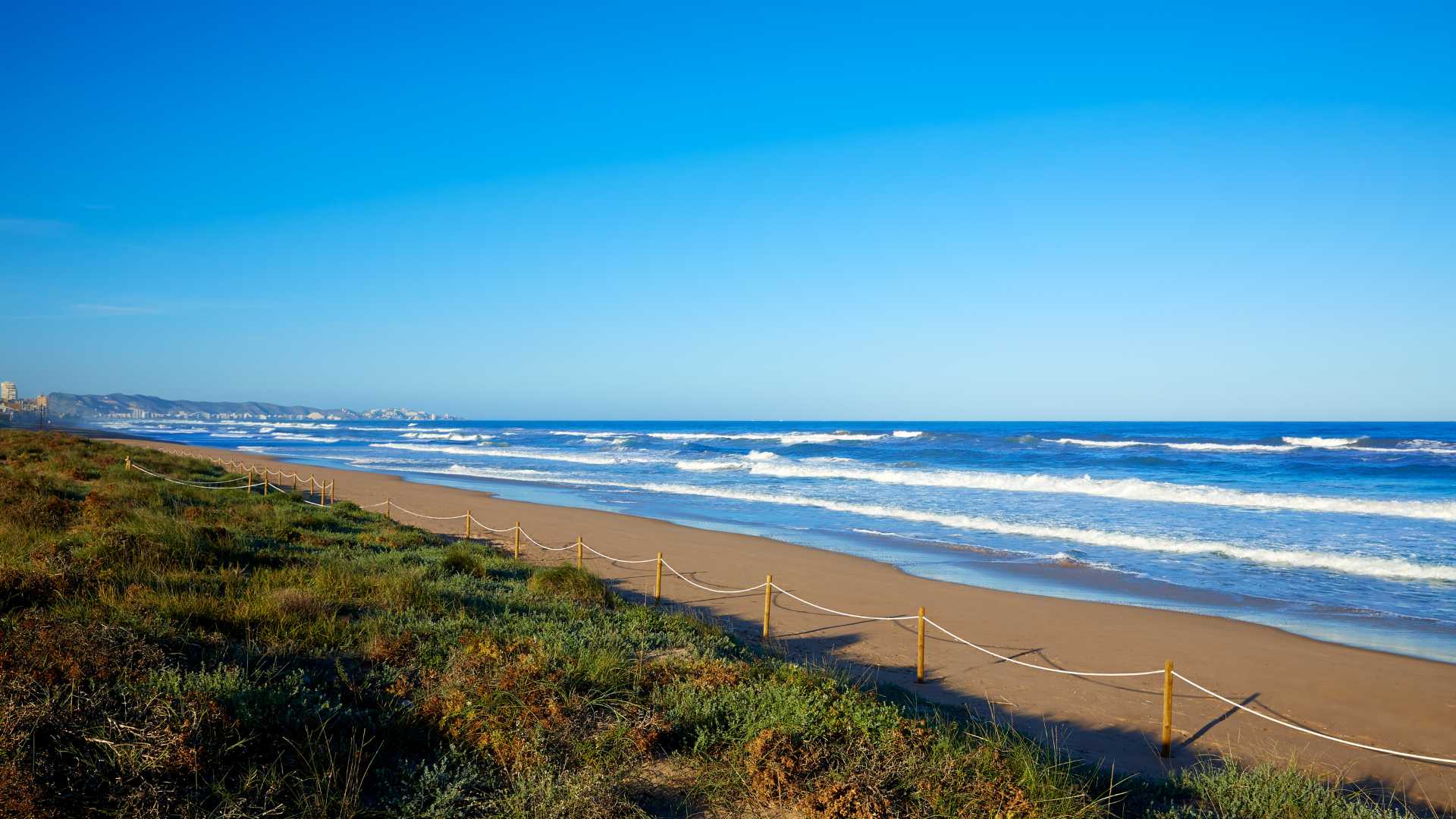
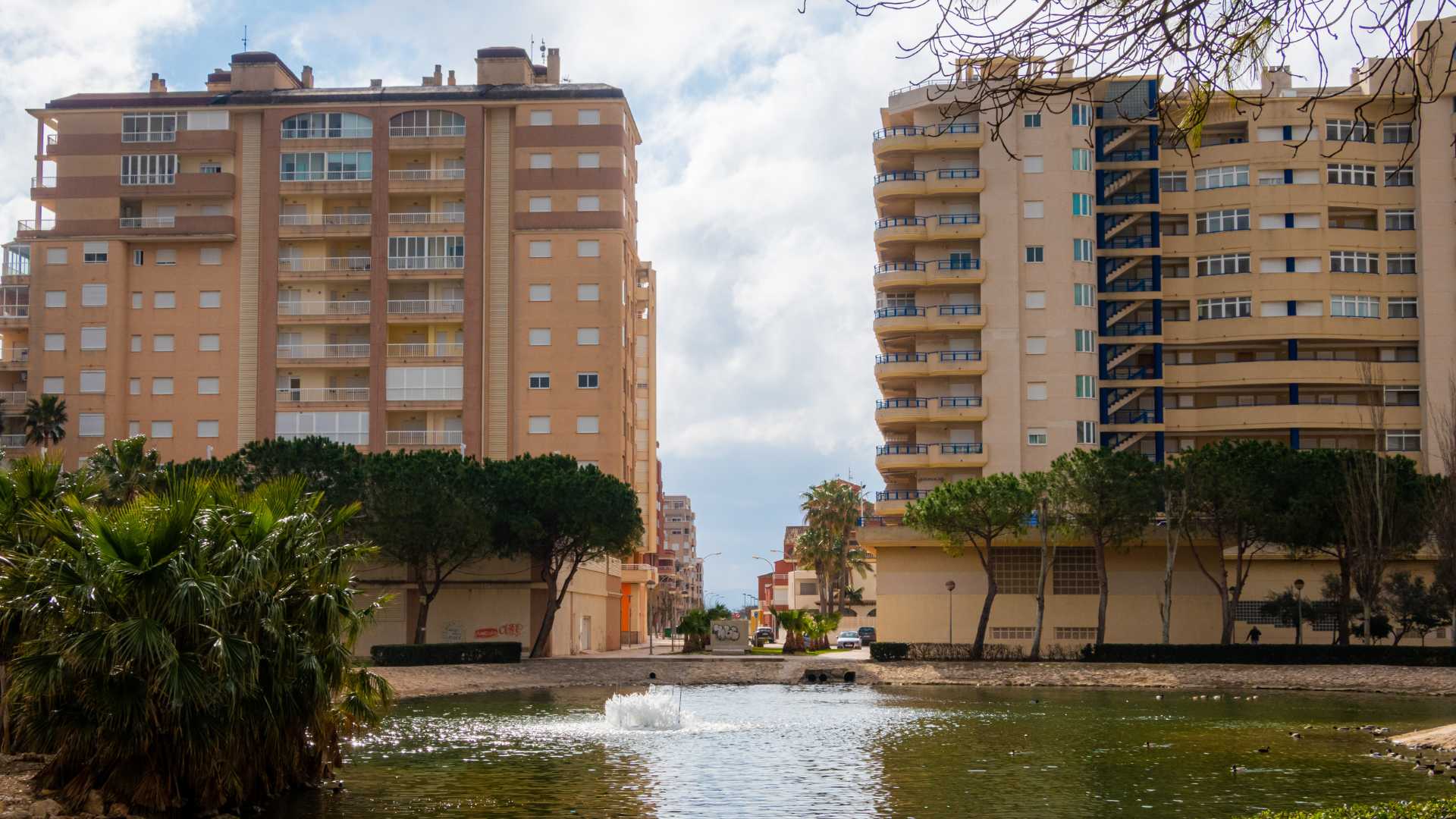
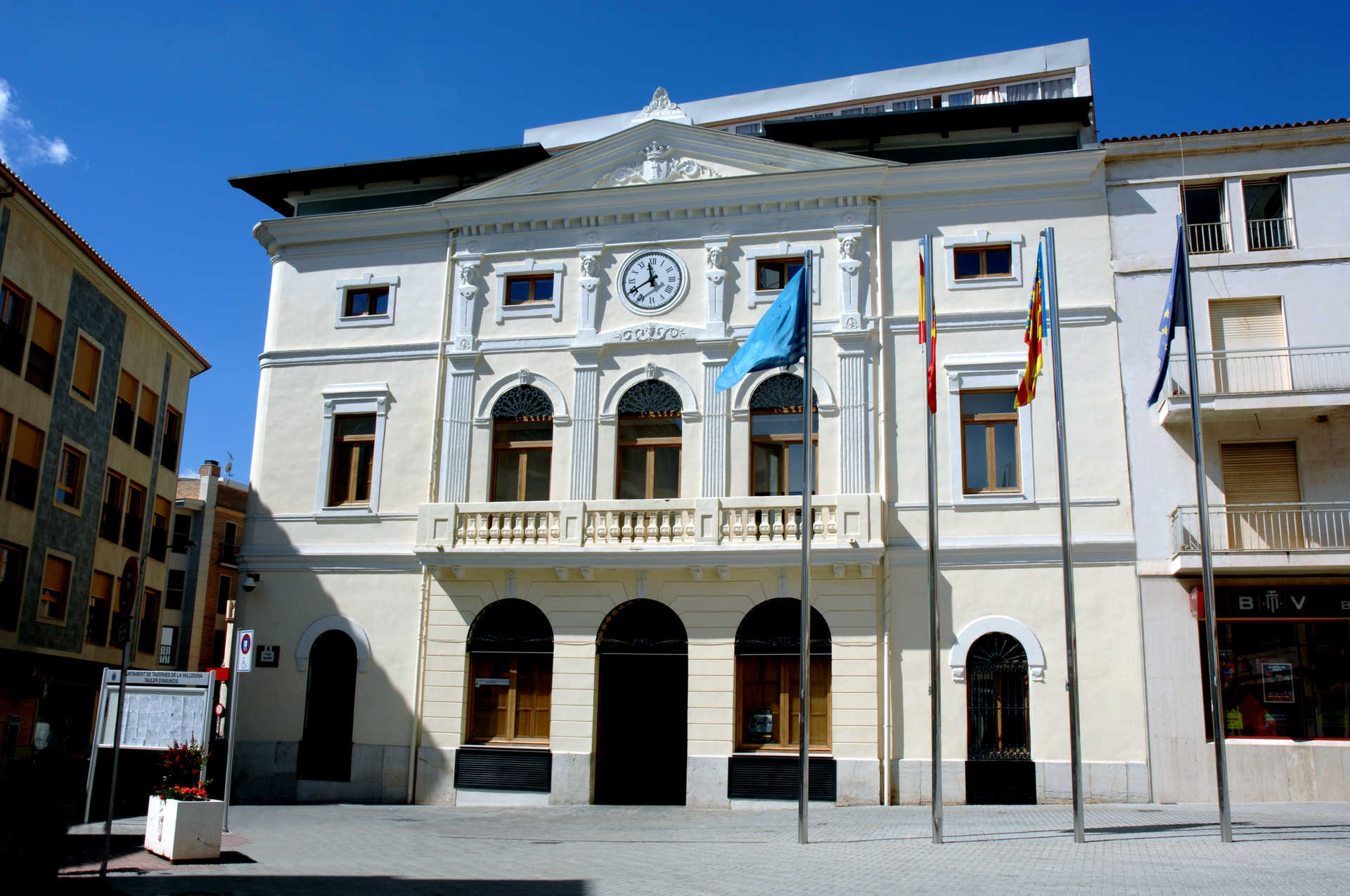
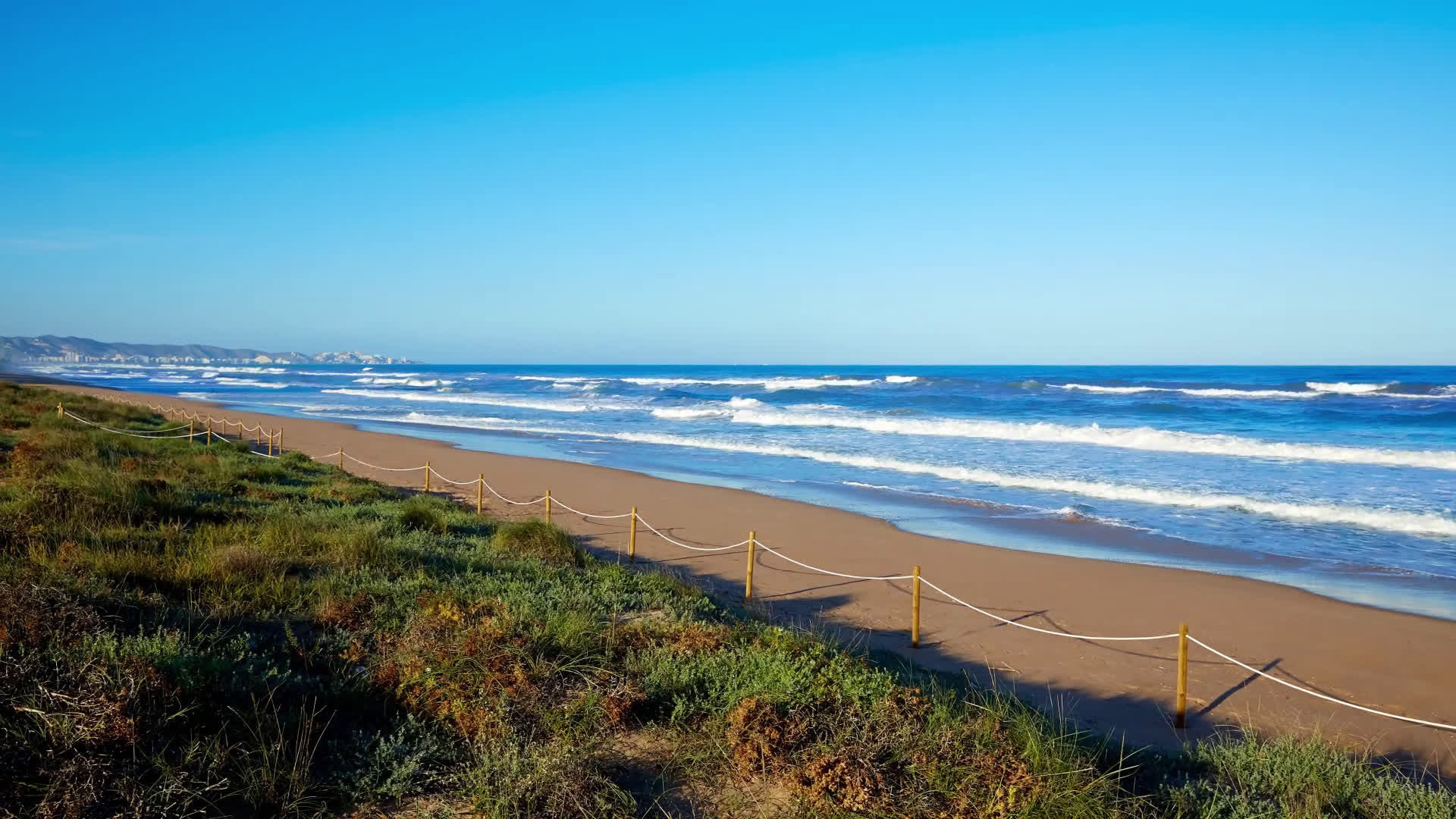
Multimedia Gallery









History, beaches, landscapes and gastronomy come together in Tavernes de la Valldigna, a pretty little town nestled between the coast and the hills.
With a slow pace of life, Tavernes de la Valldigna is a peaceful place to enjoy the beaches lining the Valencian coast. The town is steeped in history, traditions are still very much alive, and there are plenty of natural landscapes for you to explore. So shall we get going?
What to see in Tavernes de la Valldigna
Situated in La Safor county, Tavernes de la Valldigna is a small town with a very long history. Our most ancient ancestors once occupied the area, leaving remains of their existence behind in a fascinating cave that you simply have to visit: Cueva del Bolomor.
The Iberians also chose to settle in the area, thanks to its strategic location close to the sea and the hills that afford far-reaching vistas over the horizon. You can see archaeological remains dating to this period at Castellets, Ràfol and Teularet. The Romans then arrived, followed by the Moors, until the area was conquered by King James I.
The present-day town has a number of points of interest to visit. A good place to start is San Pedro Apostol parish church, before taking a stroll to Santísimo Cristo del Calvario chapel, stopping off to look at the stations of the cross leading up to the place of worship. If you fancy venturing a little further into the surrounding landscape, make your way to San Lorenzo chapel, which in August hosts a traditional market known as a porrat in honour of the saint.
Castillo de Tavernes, also known as Castillo de Alcalà de Alfàndec, is a fortress perching on a rock that from a distance appears inaccessible. If you take care though you can visit the fortress alongside the remains of the defence walls and Torre de Guaita.
The beaches at Tavernes de la Valldigna are another of the town’s attractions. Tavernes and La Goleta beaches are divided by a small canal and immersed in fragrant orange groves. The golden sands are a wonder to laze on and the crystalline seas a pleasure to dip into. Both beaches are equipped with facilities to help people with disabilities enjoy the sand and water.
Tavernes de la Valldigna also has a lively festival calendar. Fiestas patronales del Santísimo de la Sangre y la Divina Aurora is the town’s patron saint festival and includes paella making competitions, dancing in the streets, games of pelota (a traditional Valencian sport), music performed by local bands and much more. And then there is Festividad de la Valldigna which, alongside other nearby villages such as Simat, Benifairó and Barx, celebrates the foundation of Valldigna monastery with a Medieval market and a lovely civic parade.
In terms of its gastronomy, Tavernes de la Valldigna certainly doesn’t disappoint. On the menu you’ll find esgarrat and espenca (cold salads made with red pepper and cod), habas guisadas (bean stew), gambitas con acelga (shrimps with Swiss chard), farinetes, arroz amb fessols i naps (rice with turnip and beans) and arroz al horno (oven-baked rice) with chickpeas, raisins and cod. And for dessert, you simply have to try arnadí, rosegons and carquiñoles. If you’re still hungry, dig into coca de mestall, a pastry topped with sausages, bacon or sardines, for an afternoon snack.
So now you have a good idea of what to see and do in Tavernes de la Valldigna. Get out your diary and choose a date for your visit.
How to get here:
A travs de la A-7 por las salidas de Favara y de Xeresa. Tambin por la nacional N-332 (Valencia-Alicante) a travs del cruce de Bordera.











